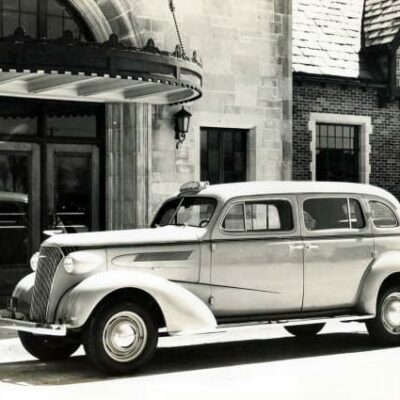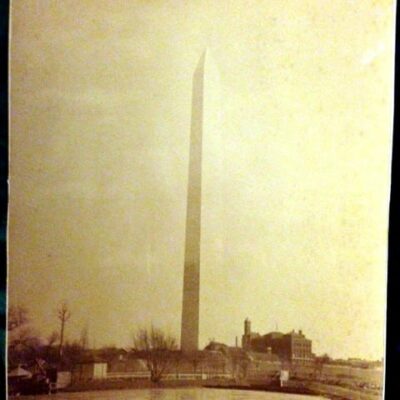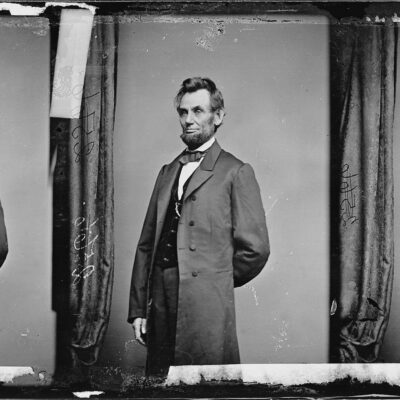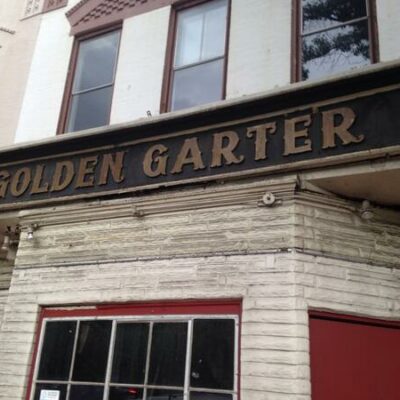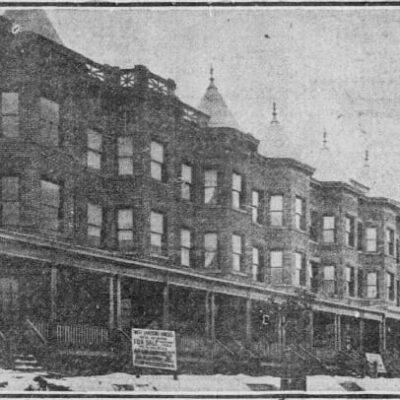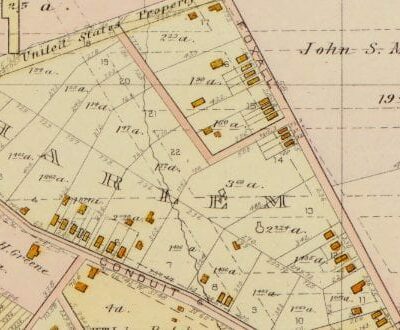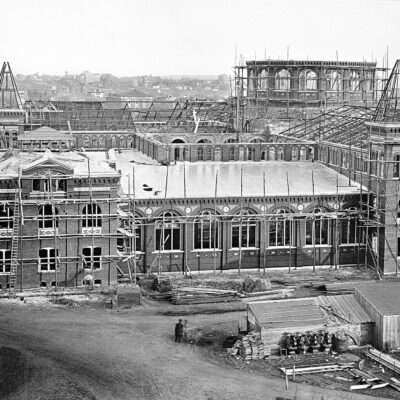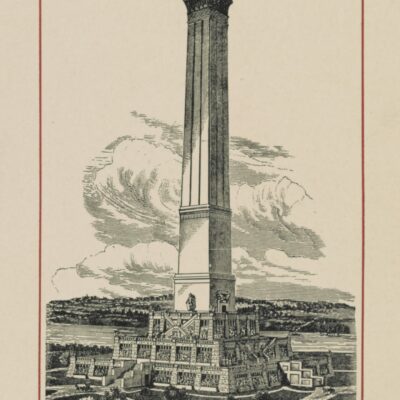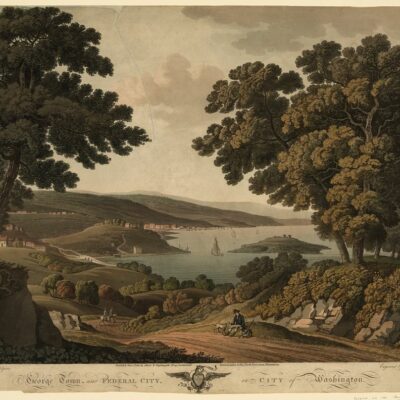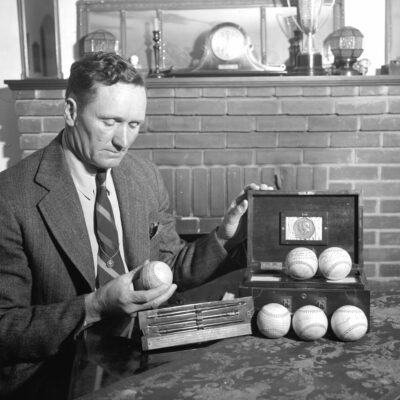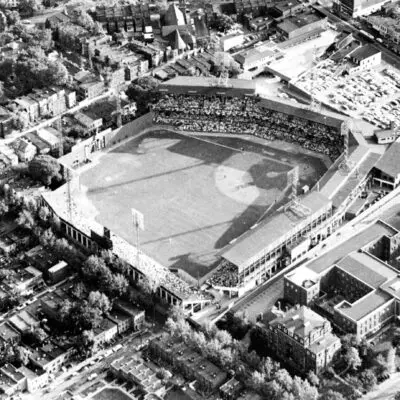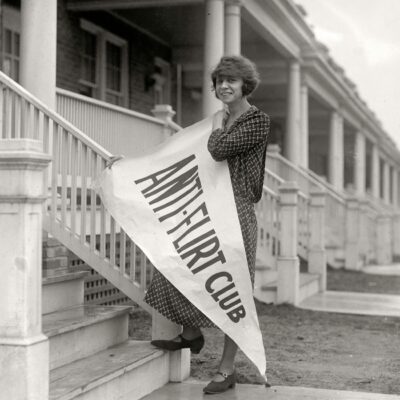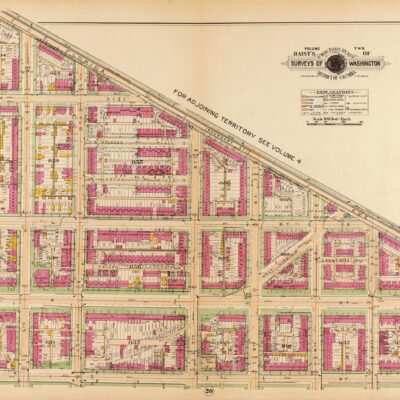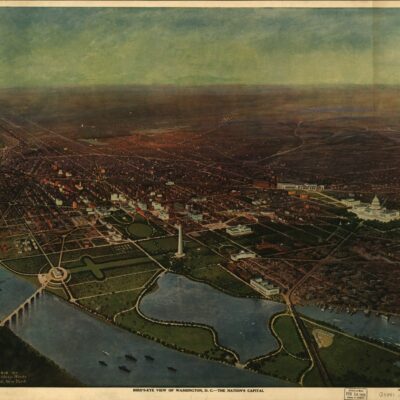You think the roads are bad today, with all the potholes? I assure you, they were worse in the 1870s. Here’s a really cool old map that we dug up at the Library of Congress, marking the street pavements for 1872 and 1873. The key lists wood, stone, or concrete as the pavement types.
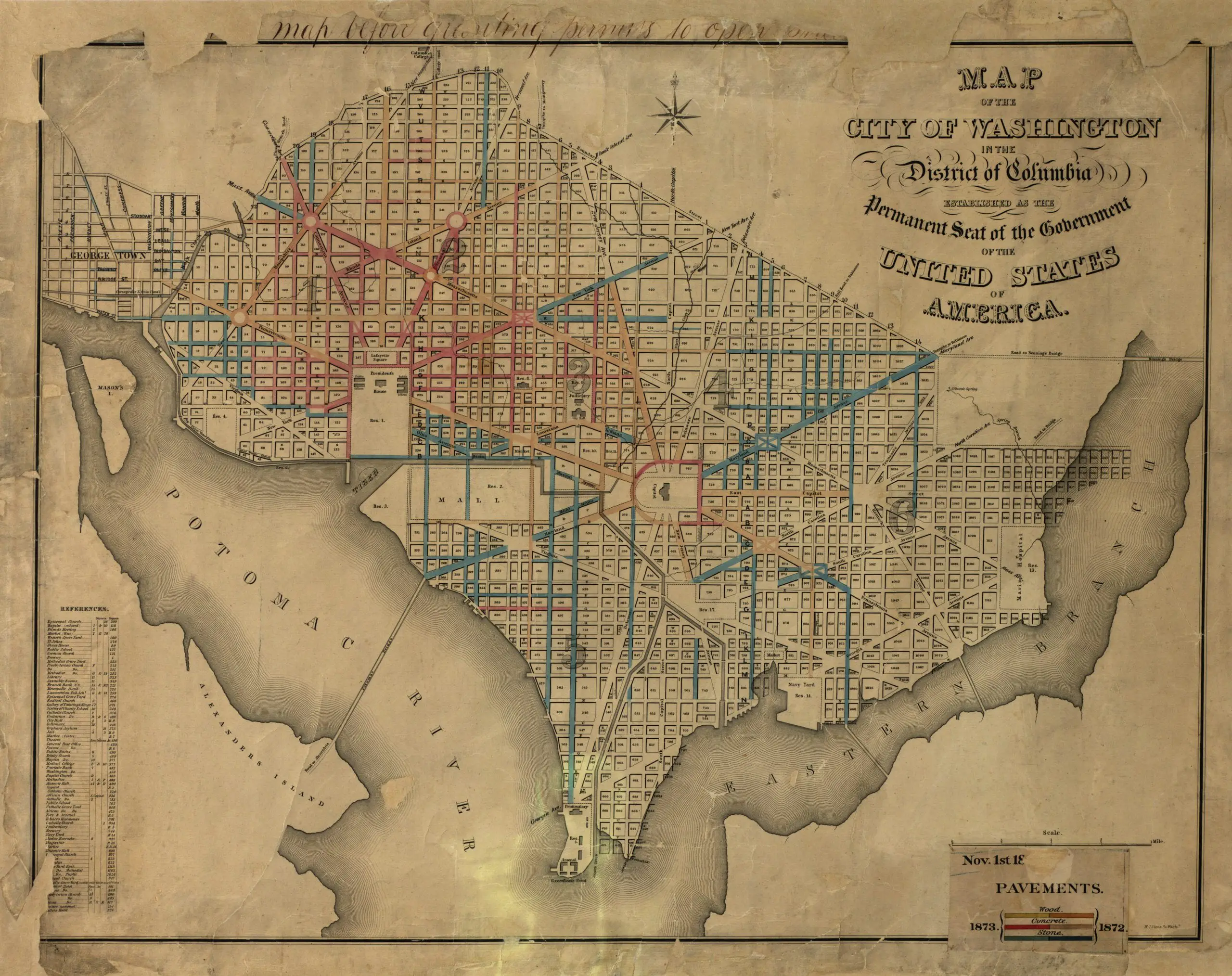
Source: Library of Congress
And, since we haven’t done a “Pictures Tell a Story” post in a long time, let’s study this map a little closer to see what we find. First, let’s make sure we know the legend and what each color means.
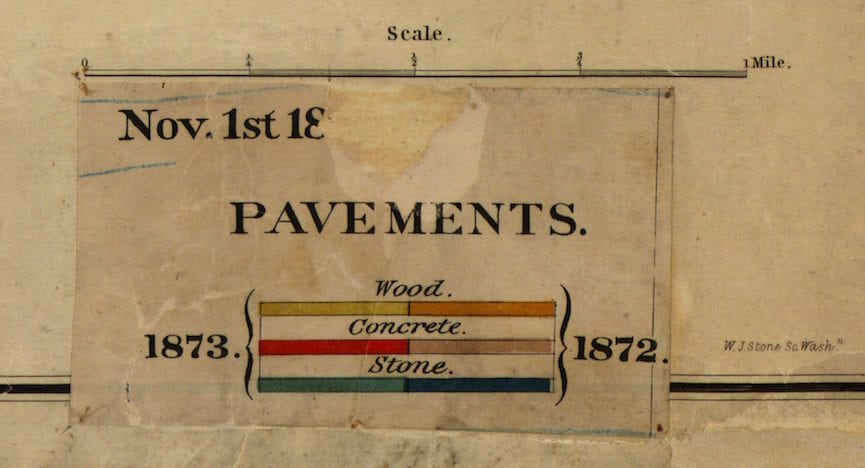
Wait a minute … Georgia Ave. is down near the Navy Yard? Read this post and find out what happened. There also appears to be an inlet or swampy area jutting in past M St., which is where the Nationals stadium sits today.
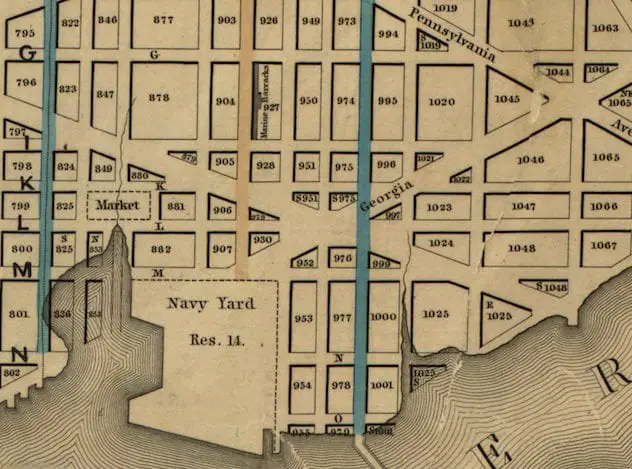
This part of the map, showing “Res. 17” has turned into the power plant and Garfield Park near I-695.
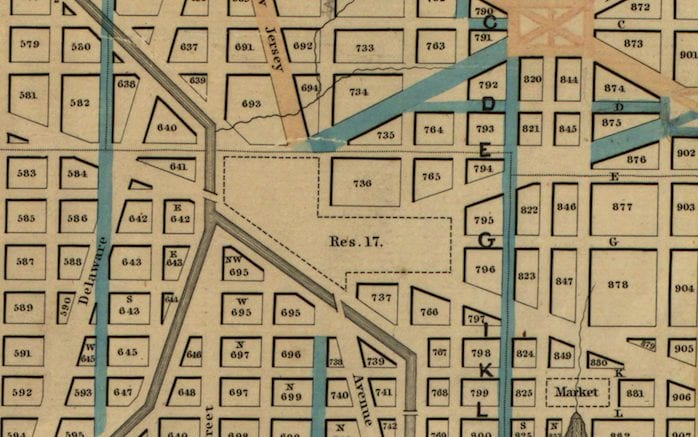
Here, the map shows the area that now is our waterfront and where West Potomac Park down to Hains Point sits today (why is it named Hains Point?). Where Maryland Avenue hits the water and becomes the Potomac Bridge is where the 14th St. bridge is today.
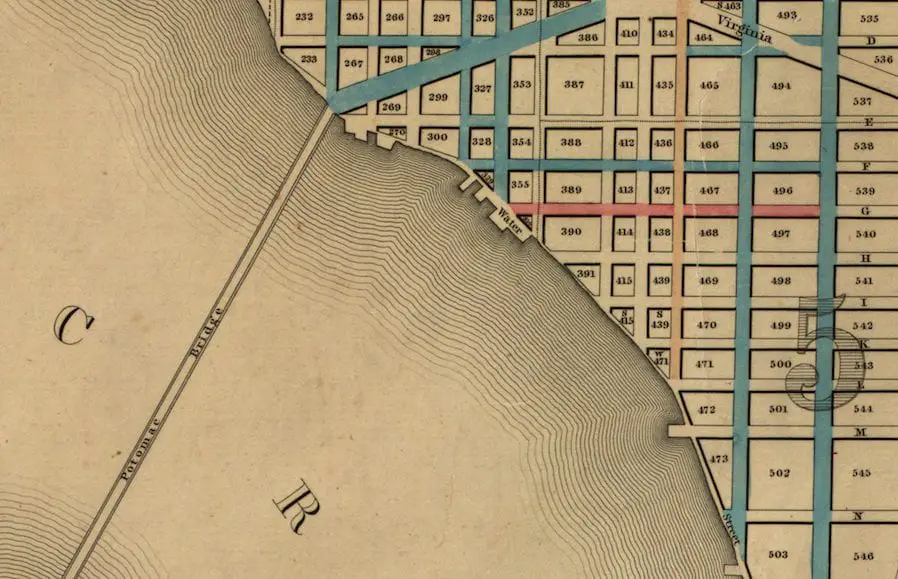
You’ll also notice that the street names in Georgetown haven’t yet changed, and it’s referred to as George Town.

Look how far up the water is back then? It’s still hard to believe that you could be standing at the Washington Monument (or the unfinished version of it) and be that close to the Potomac and Tiber.
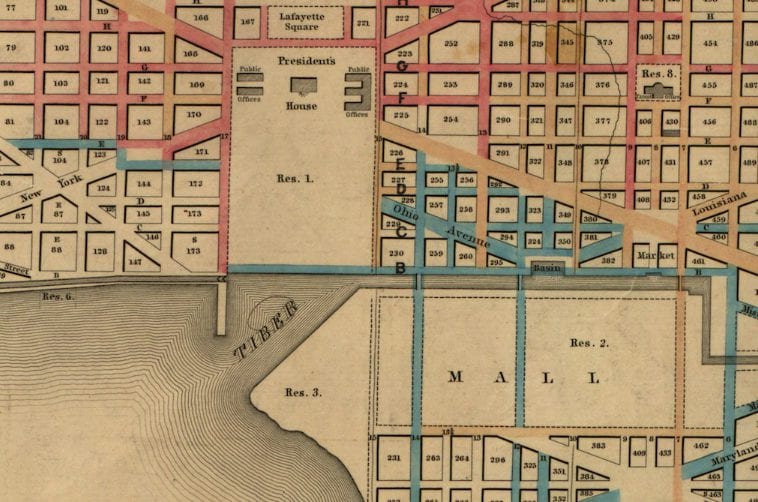
Take a look at the map in greater detail for yourself. What else do you see?
Also, if you want a Google Map to play around with and compare to, use the one below.
